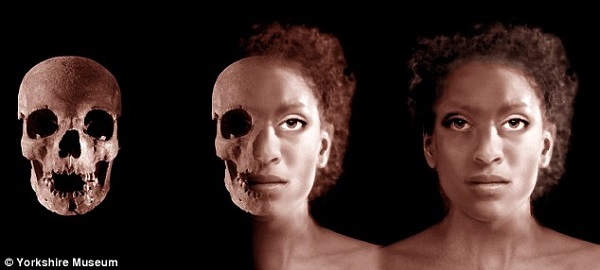Quote:
Originally Posted by Commentariat

There's some interesting information in that link. Even in 1851 (ie at the height of the famine) only 2.9% of the population of England and Wales was born in Ireland, and it had fallen to 1% of the population in 1911. In 1851, 0.3% of the population of England and Wales were born in foreign countries, or 1 in 300. By 1911 it had only increased to 1.03%, most of whom resided in London. It shows how ridiculous the Blairite propaganda that Britain was historically a 'nation of immigrants' was. Until the refugee movements in the lead up to WW2, Britain was as homogenous as Japan. From the Norman conquest until the start of the 20th century, it's unlikely the foreign-born population ever exceeded 1% of the total population at any given time.
|
Actually the heyday was in medieval times, when London's foreign born percentage was almost as high as today. Also 'foreign born' doesn't measure ancestry.
https://www.historyextra.com/period/...e-middle-ages/
I think alot can also be said for assimilation, plus the invasions and conquests that created the British in the first place - waves of Picts, Romans, Angles, Saxons, Jutes, Danes, Normans, Scots, Flemish, Jews, French Huguenots and Irish. I've heard people in Yorkshire still have an abnormal amount of African DNA due to having the Roman city of York there, and the empire's soldiers.
The Ivory Bangle Lady, a high status tomb from Roman York:


After that came the slaves from the 1500s onwards, who worked as servants among high society (the African population in the city was up to 20,000 by the 1700s), but once again assimilation and intermarriage meant their bloodlines disappeared after the abolition of slavery. Also the 40,000 lascars from Bengal, who would live intermittently in the port from 1830- the turn of the century.
In short the history is one of waves of migration, then assimilation and periods of monoculture, before another wave. The last period was between the world wars (and European refugees), in the 1920s particularly.



